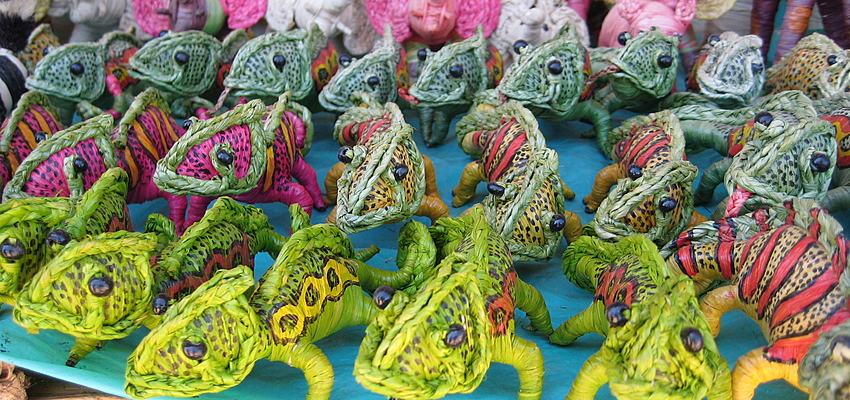


So, it's common to find, on a trip to Madagascar, musical instruments similar to those found in Indonesia, for example. In addition, the great diversity of the ethnic groups that inhabit the island creates a wide range of cultures unique to the country. I'll try to quickly describe some Malagasy characteristics.
The hira gasy is a form ofmusical theatre with singing and dancing that is traditionally found in Imerina, but its success has gone beyond the borders of the Highlands. Also called vakodrazana, these shows are created by artists who travel around the country in very popular tours. Often very colourful, especially the actors' costumes, the hira gasy typically speaks of love and usually contains a moral, which gives it an educational aspect, especially for children.
I recommend that you watch one of these shows if you have the opportunity. You won’t regret it!
The hira gasy usually includes a flute, called a Sodina, which is of Indonesian origin. It's quite small, the shortest being only about 8 inches long and the largest about 25 inches, and is commonly accompanied by ampogas, traditional drums.
Another instrument that I like, which you’ll surely have the chance to see is the valiha. It’s also an instrument whose origins are found among the first Indonesians arriving in Madagascar. It is a kind of bamboo sitar that is usually played alone and is often beautifully carved.
Madagascar also has a jazz scene which is beginning to make its mark on an international level. Introduced by artists such as the Rabeson brothers, today's jazz is increasingly mixed with traditional music with some varieties. Madagascar even has its own international jazz festival: Madajazzcar!
Madagascar has plenty of crafts and personally, my backpack is usually heavier when I leave than when I arrive... Here is a quick tour of what you may find there.
Antemoro paper, made by the ethnic group of the same name, is a very pretty paper which incorporates leaves and flowers. You can visit a factory where this paper is made in Ambalavao.

Malagasy artisans also work well with raffia, a palm tree whose fibres are used to make all sorts of objects: bags, hats, animals, etc. If you're travelling with the family, the kids will love it!
In most cities, you'll also find decorative objects made with 4-litre soda cans, like model cars ("deudeuche") and bush taxis in every colour! Here, recycling rules and the Malagasy people often apply Lavoisier's famous law: "nothing is lost, nothing is created, everything is transformed."
Many Malagasy artisans also have real expertise in carving wood. If you're interested in Malagasy art, particularly wood carvings, you should know that the city of Ambositra is considered the capital of Malagasy crafts.